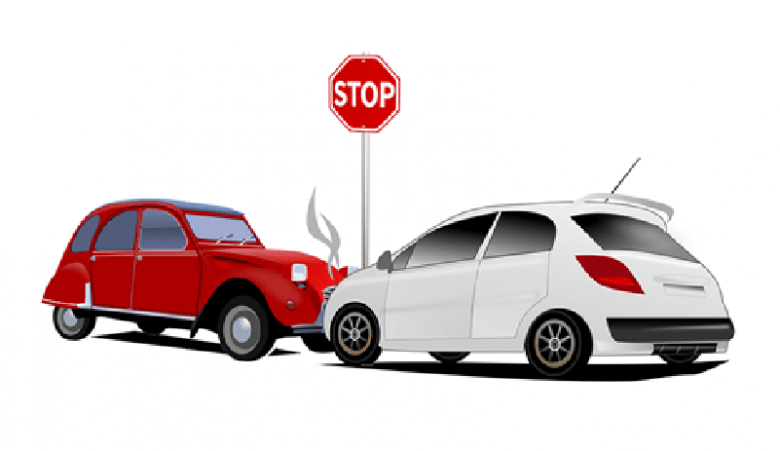Has your money advisor drawn your attention to increased car insurance costs recently?
Few people realize how they end up with unnecessary or disputable expenditures. It is common for drivers to expect an increase in their premiums if they have taken responsibility for one or more accidents. However, many persons from the general driver public complain of insurers making them pay penalties or higher premiums for accidents for which they have not been at fault.
This is backed up by a consumer’s group report.It states clearly that even drivers not considered in the wrong bear additional costs for car insurance. In short, insurers and car insurance carriers make their coverage more expensive through no fault accident too.
In a recent study by the Consumer Federation of America, online price quotes from the largest 5 insurers across 10 important cities were compared. This comparison was done with a view to find out how premiums differed after an accident. In New York City and Baltimore, drivers involved in no fault accident were penalized with higher premiums.
The researcher, Doug Heller pointed out these penalties increase car insurance costs. Car insurance is required for legal driving in most states; but drivers usually label it as an expensive cost.
Ifthe consumer group’s director of insurance, J. Robert Hunter’s fair observation is to be backed up, “Insurers are charging innocent drivers unfairly for being involved in accidents where another driver hit them.”
This study, in a series of reports from the federation, continues to highlight unfair car insurance costs. Is it fair to expect not-at-fault drivers to pay higher premiums ranging from $60 in Atlanta to $400 or more in Queens?
It would seem being in Los Angeles or Oklahoma City is a boon for car owners, car drivers. These two state laws prevent surcharges by insurers. Other states not mentioned in the federation study may be doing it too.
When the researcher asked for a comment, State Farm referred him to Insurance Information Institute, an industry trade group.
But according to Loretta Worters of the insurance group, the study may be controversial and invite disputes.
She said that online rate quotes are the beginning of a long process towards underwriting a policy and determining premiums. Other information ultimately influence final rates.
Trade group vice president of policy development and research with the Property Casualty Insurers Association of America, David Snyder dismisses the study as too simple to carry any weightage. He points out that different states define not at fault accidents differently. His email expresses concerns that Blanket prohibitions on parked cars or rule-based penalties depend on circumstances of the accident.
Mr. Snyder emphasized, “This report ends with an attempt to show car insurance carriers in a negative light. It does not provide consumers with correct or new information.”
Let us see the answers for a couple of relevant questions.
What makes insurers charge not at fault drivers more?
The bone of contention is that in most of the cases it is difficult to pin the fault on any one driver. Loretta says insurers cannot get out of claims even when their customer is not at fault. The reason for this being widespread ‘subrogation’ practices. It is often impossible to determine which driver is 100 percent at fault and another being 0 percent at fault. This leads to subrogation or the practice of seeking reimbursements from other driver’s insurers.
Mr. Snyder points out human tendencies to hold others responsible for an untoward situation as a major cause of subrogation. Insurers end up with claims for which they raise premiums.
How can I confirm my service provider will penalize me for not at fault accident?
Ask, and you will get it. If the policy includes penalties you don’t want, J. Robert Hunter suggests inviting free online quotes from car insurance carriers.
How can I ensure my car insurance costs remain affordable?
- Robert Hunter advocates using an insurance cost-comparison tool. Drivers across the country can do this by clicking on a location in a map hosted by National Association of Insurance Commissioners website.
Another helpful criteria is to check insurers’ complaint records on the N.A.I.C. before deciding on a service provider.




